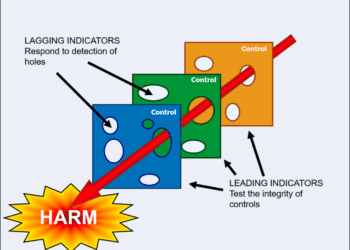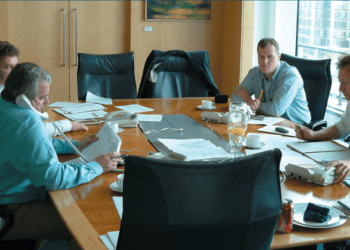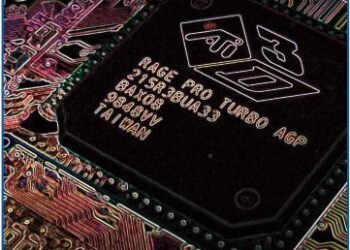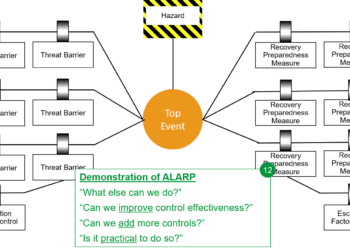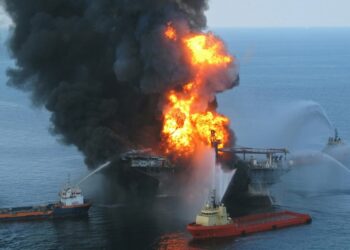Stakeholder management and the engineering change process
Whether it is a simple decision to replace an obsolete piece of equipment or a more involved deliberation of the options available to address an emergent safety or production issue, many industries adopt an ‘Engineering Change’ process (or equivalent). Its purpose is to control the transition from the existing to the desired condition in a manner whereby safety, the environment, and operating efficiency are not adversely affected.
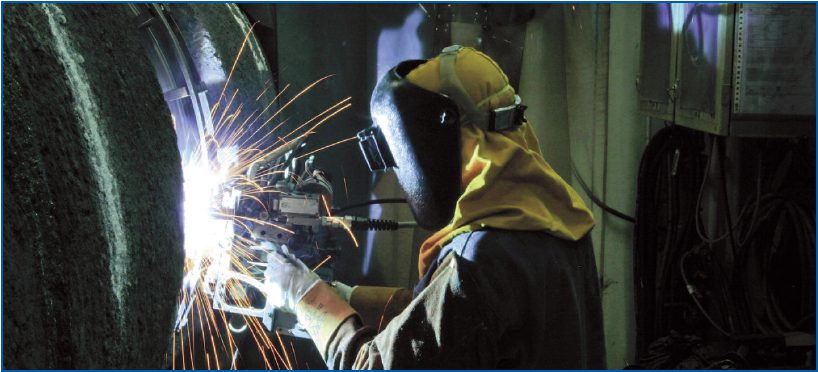
For the most part, Engineering Change is used for implementing solutions to technical problems (such as obsolescence or poor reliability, efficiency, or maintainability) or for enhancing operations (e.g. a production upgrade). On the face of it, identifying a technical solution which is aimed at maintaining, or even improving safety or operating efficiency is a rewarding aspect of an engineer’s role. However, it would be unusual and potentially undesirable for a sole individual to recognise the problem, identify the solution and implement it. As a fundamental control measure within the Engineering Change process, other stakeholders will invariably, and quite correctly, become involved.
BALANCED DECISION-MAKING
Whilst perhaps it is a reasonable expectation that all stakeholders will hold a similar set of values regarding safety, other drivers come into play depending on the specialist role of each stakeholder. Taking a simple example of installing a new cabinet containing a safety-related control function: the operator may expect it to be positioned where it does not present an obstruction, the maintenance department may ask for it to be positioned such that access for calibration and testing will be gained without the need for ladders or scaffolding, whereas the safety case engineer may request that the cabinet be positioned in an area remote from recognised hazards. Satisfying these constraints could mean that the cabinet would be positioned 200 metres from the nearest available power supply, in which case the budget holder may have something to say about cable costs!
STAKEHOLDER MANAGEMENT
One solution is to appoint an Engineering Change ‘champion’ (or similar) to drive the change through and manage the expectations of all stakeholders. Impartiality is vital; that is, recognising that the influences underpinning each stakeholder’s expectations are equally valid. The ability, and indeed willingness, to analyse and explain each stakeholder’s requirements in a measured manner is often crucial in reducing the risk of differences of opinion turning into conflict.
Maintaining good relationships with the stakeholders is pivotal to success. Interpersonal conflict is not only unpleasant, it can also be costly, in terms of time, resource and money, and has the genuine potential for decisions to be made that may ultimately result in an adverse affect on operating safety.
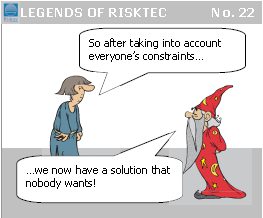
CONCLUSION
Controlling engineering change is an important part of assuring the safety and operational efficiency of major hazard facilities, but can become bogged down or ineffective without active stakeholder management.
This article first appeared in RISKworld Issue 22

